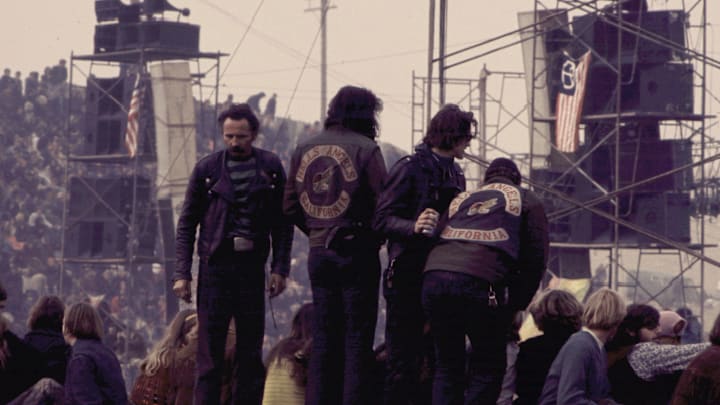Woodstock (1970)
There were two iconic, historic concerts that took place in the second half of 1969. There were two equally iconic, historic documentaries released about them the following year. You can rank them in whichever order you choose, but they remain among the greatest rock music movies ever made. The one you prefer may say something about who you are because, in terms of emotional impact, the two movies are very, very different.
Michael Wadleigh’s utterly immersive portrait of the famous Woodstock concert that took place over three days on a farm in Bethel, NY in August 1969, was unlike any music film ever seen. Wadleigh and a dozen other cameramen lived in the middle of the crowd from set-up to clean-up. They got in the faces of free-spirited, stoned concert-goers as they played in the mud, had sex, and had trips both good and bad. It was often exhilarating, occasionally terrifying, and always compelling.
And the centerpiece of the weekend – the performances – were spectacular. From the simplicity of Joan Baez’s “Joe Hill” to the pyrotechnics of Jimi Hendrix’s landmark rendition of “The Star Spangled Banner,” Wadleigh puts you right there. The split screens that he often employs broaden the viewer’s perspective while simultaneously giving a glimpse into the chaos that was all around.
Country Joe McDonald rose to instant fame with his anti-Viet Nam anthem, “I Feel Like I’m Fixin’ to Die Rag.” Janis Joplin was there. The Who was there. Crosby, Stills, and Nash – Sly and the Family Stone – Santana – they were all there. There have been a lot of follow-up films made about Woodstock – movies that tell the story in a more traditional manner, with talking heads explaining the set-up, the financing, the logistics, and the aftermath. Wadleigh’s movie did none of that. It simply puts you there.
